As visitors step foot in the National Museum of Women in the Arts (NMWA) reopening, a live band playing various music greets them. With the music in the background, viewers enjoy the multitude of events at the museum, including tattoos and food samples. After exploring the new additions to the museum, the visitors regroup in the Great Hall for the grand finale of the museum’s reopening event: a performance by Batalá Washington, an all-women Afro-Brazilian band playing Samba-Reggae rhythms for the last twenty minutes until closing.
After closing for two years to renovate, the NMWA reopened on Oct. 21, 2023. To celebrate the reopening, they hosted a day full of activities. In the Grand Hall, Les the DJ performed a dynamic mix of pop, indie and underground hits, BOOMscat played electronic hip-hop music and Batalá Washington performed Samba-Reggae rhythms. On the Mezzanine, artist Bibi Abelle created flash tattoos — permanent tattoos resembling museum art — and on the same floor, local women-owned businesses offered food samples for tasting.
Past the Mezzanine on the second floor, the museum presented its new exhibition, “The Sky’s the Limit,” which included contemporary sculptures and installations from 13 international and US-based artists.
One of the museum’s visitors particularly enjoyed seeing the new exhibition with his friends, one of whom was visiting the museum for the first time.
“I liked the diversity of the mediums in it,” he said. “There were really cool sculptures that were organic material and then covered in metal and I thought that was super neat.”
The new additions to the museum included an enlarged gallery space, a new area for education programs and researchers and more amenities. The museum also improved accessibility for visitors by adding signage, wayfinding and ADA accessibility to help visitors find their way around the museum, and constructed a new climate control system to preserve the museum’s collection of more than 5,000 works.
Both visitors and workers enjoyed the opening day events. Paris Valladares, the museum’s digital outreach and social media specialist, took advantage of the flash tattoos event and tattooed one of her favorite paintings, the “Pregnant Nana,” on her arm. Valladares has loved working at the museum since she started two years ago during the closure.
“I’ve always been into the feminist side of art history and making sure women have spaces,” Valladares said. “It’s nice that this is a space that is just dedicated to women artists.”
Wilhelmina Cole Holladay founded the museum in 1994 after she was drawn to a painting by Clara Peeters, a female artist whom she admired. It was difficult to learn more about Peeters, and Holladay later realized that Peeters wasn’t the only female artist with minimal recognition. With that, Holladay resolved to collect various artworks and create a museum dedicated solely to women and other underrepresented groups within art. Ironically, the building that now functions as the NMWA was originally a Masonic temple that forbade women from entering.
BCC High School parent Victoria Pfaff, a docent for the museum, has long been inspired by history and of the art at the NMWA, she said. Her favorite sculpture, “Big Horn,” by Deborah Butterfield, measures more than seven feet tall and nine feet long and is created by casting bronze from wooden branches before assembling and welding them into the structure of a horse. However, labor isn’t the main element that drew Pfaff to the sculpture; it was the meaning.
“It’s something about the way [Butterfield] sees them as self-portraits of herself because they’re strong and powerful but graceful at the same time,” Pfaff said. “If you look at it, it looks almost like a ballerina that’s poised on its toes but yet so muscular and so calm.”
Since its founding in 1996, the museum has impacted both visitors and surrounding museums in the community. Shannon, a local museum intern from 2018, believes the museum brings diversity to D.C. The NMWA was the first museum in the world dedicated solely to displaying women’s art, and it quickly became a trailblazer in the movement in D.C. to recognize and celebrate women’s art, she said.
However, the museum’s impact extends beyond contributing to D.C.’s diversity of art; it also helps further gender equity within the art world. Valladares believes that it’s important to make room for women after so many years of being underrepresented, she said.
“Women historically have been left out of the conversation and art for a very long time,” Valladares said. “[That’s why it’s] important to have a space that women can have to themselves.”
An analysis of 18 major U.S. art museums found that the work of female artists makes up only 13% of collections. Pfaff is also grateful that the NMWA is an exception that elevates female artists, she said.
“It’s really important for everyone to see that these women are just as good, if not better in some ways than male artists,” Pfaff said. “They have a lot to offer, and they have an important voice.”



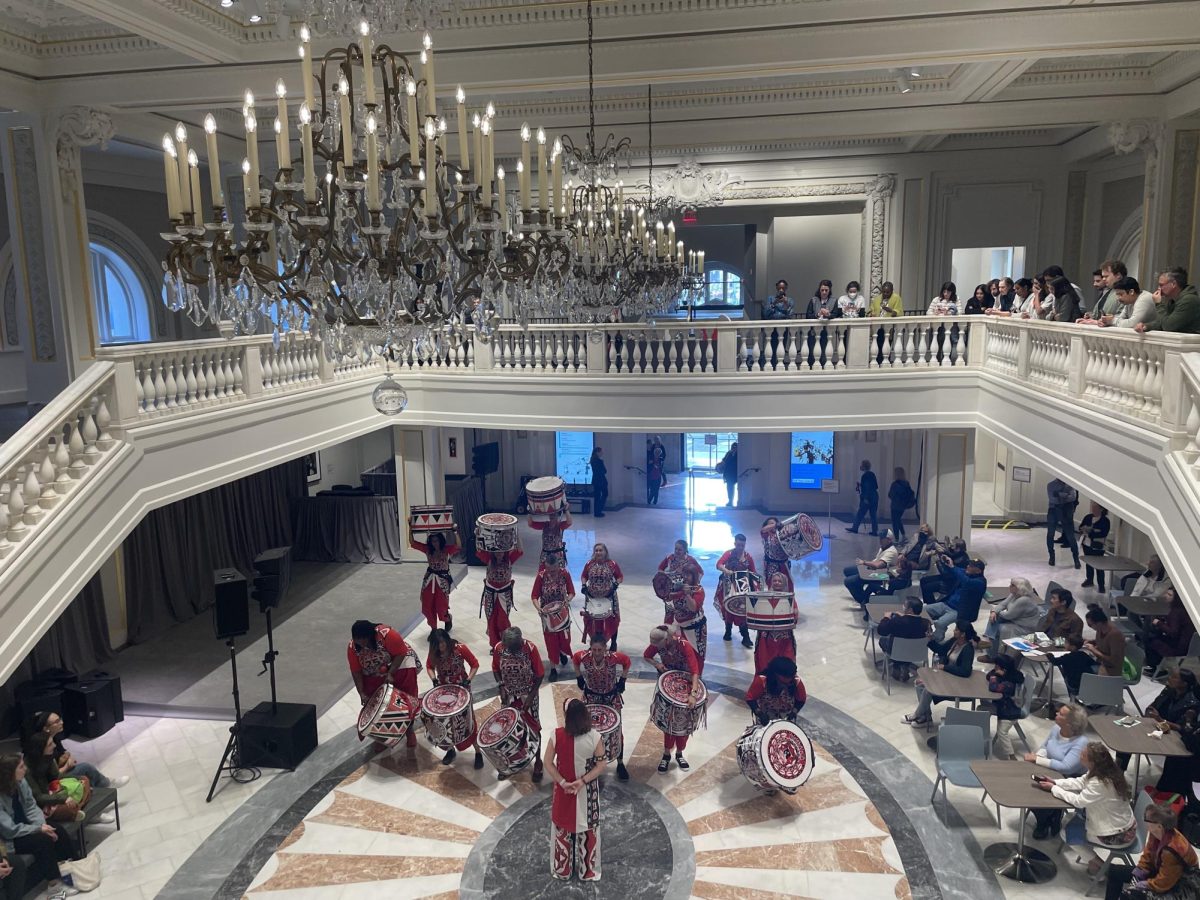

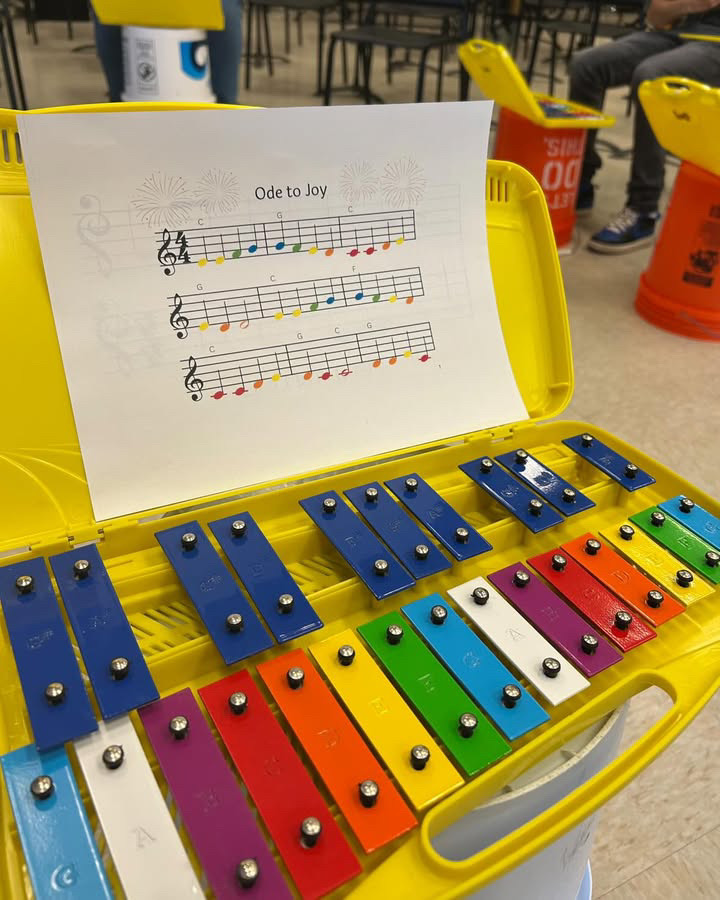
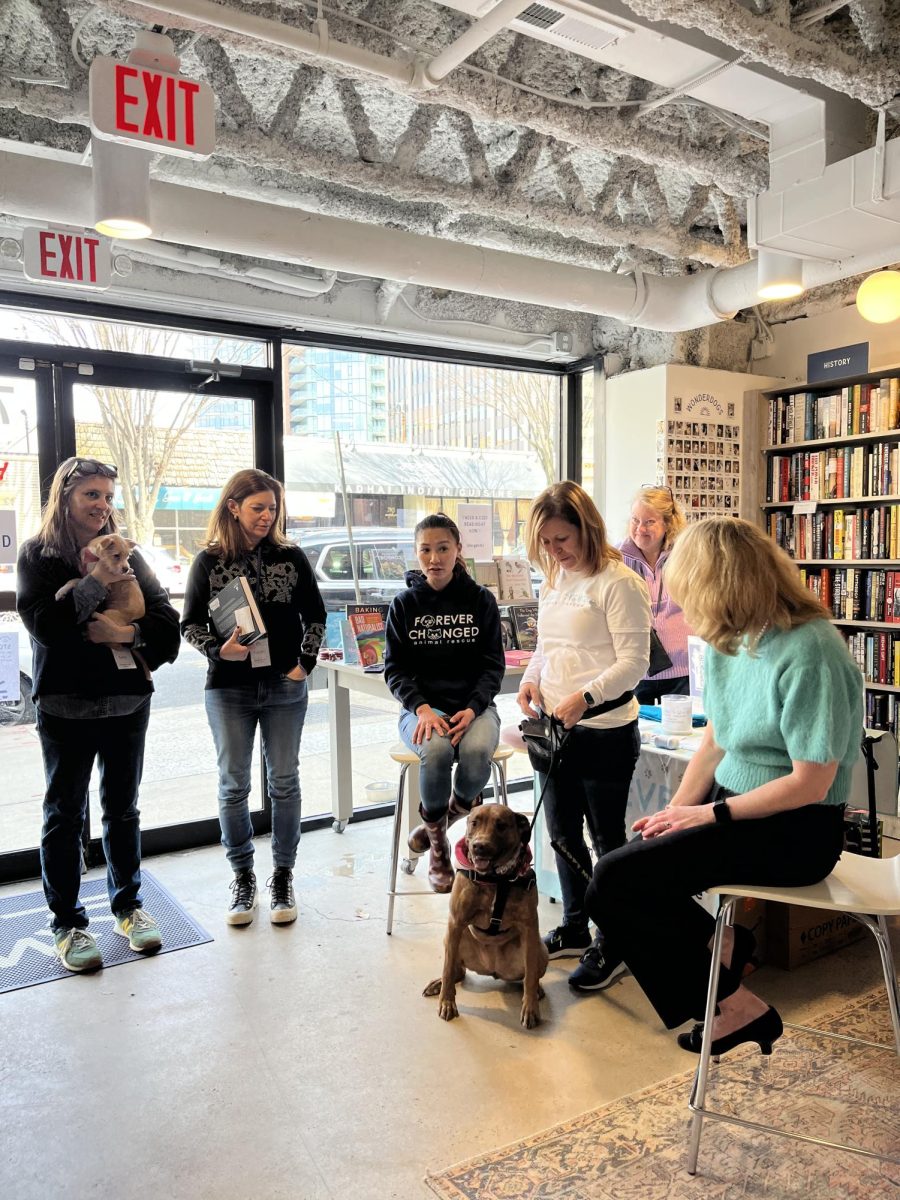
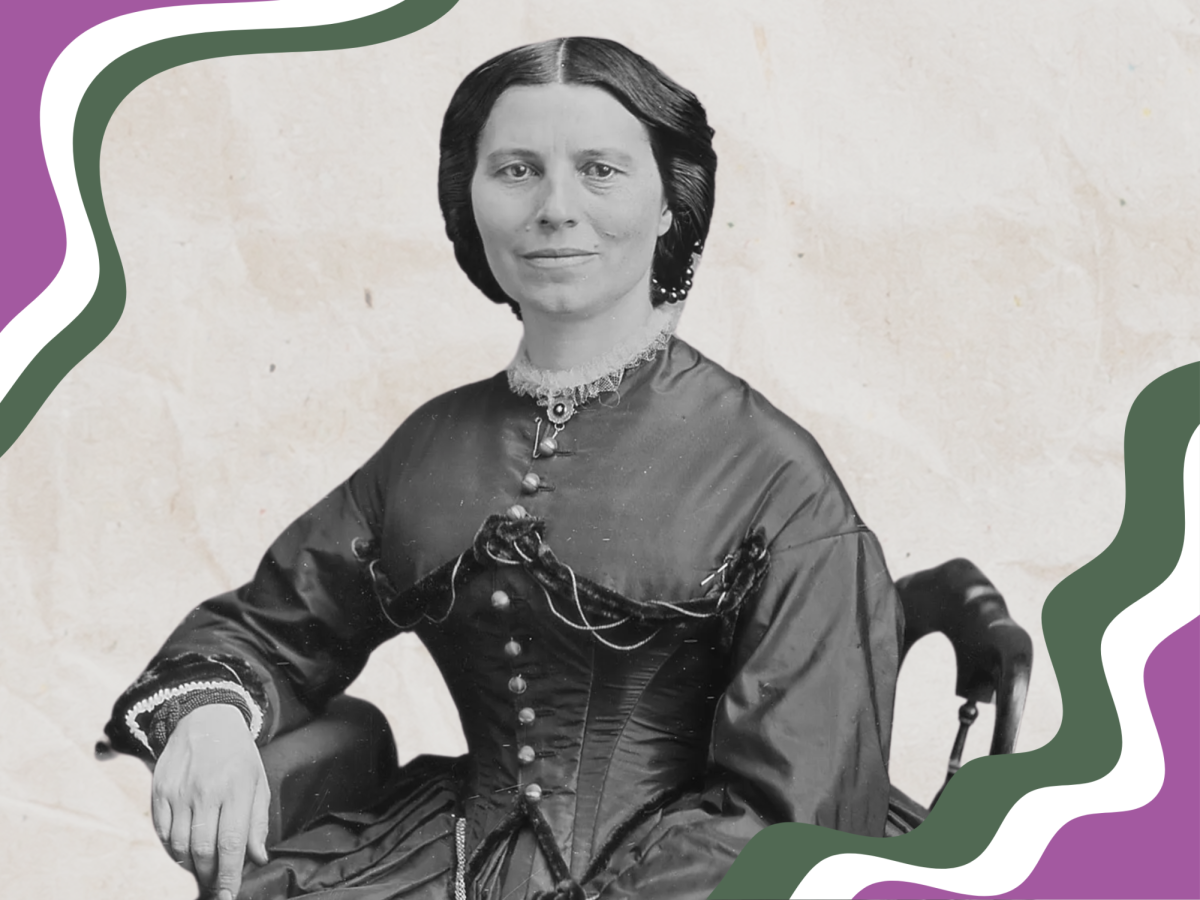
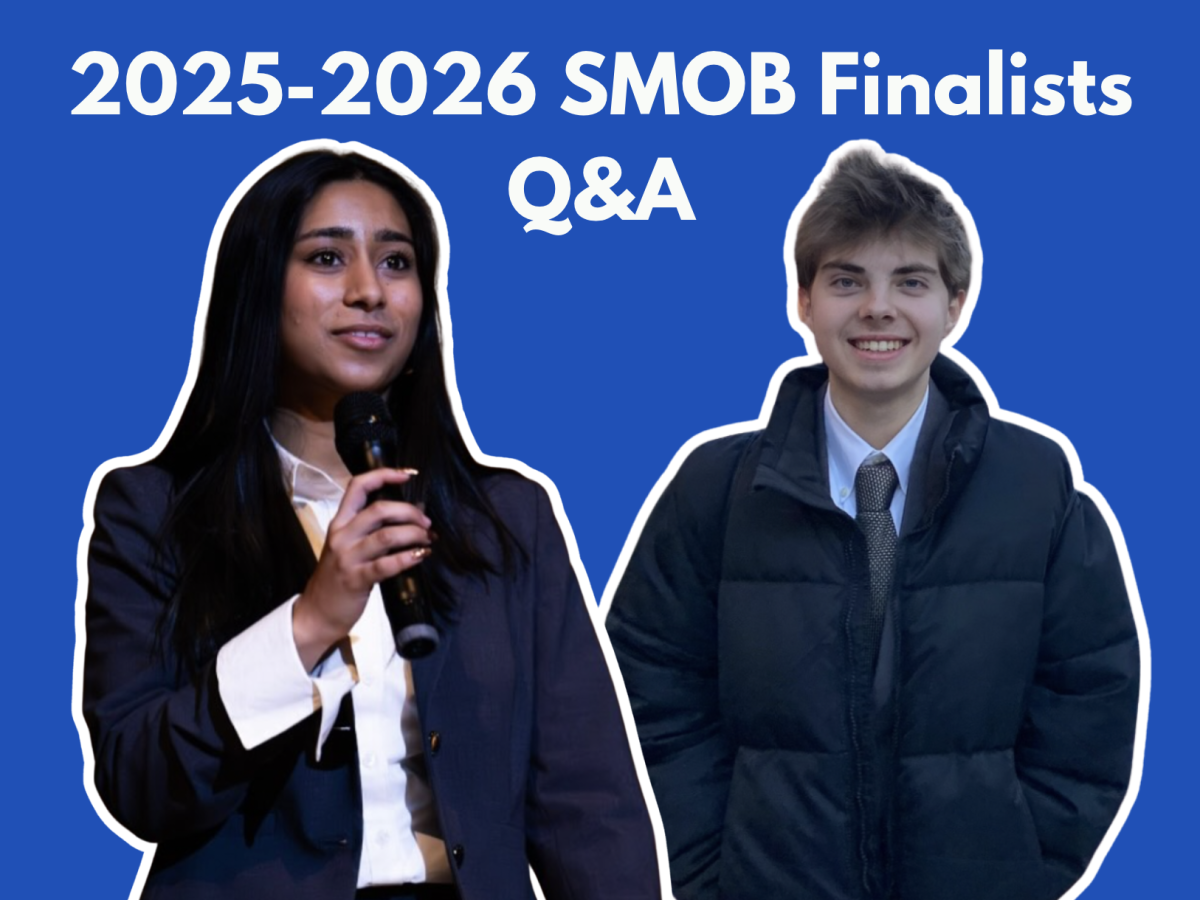
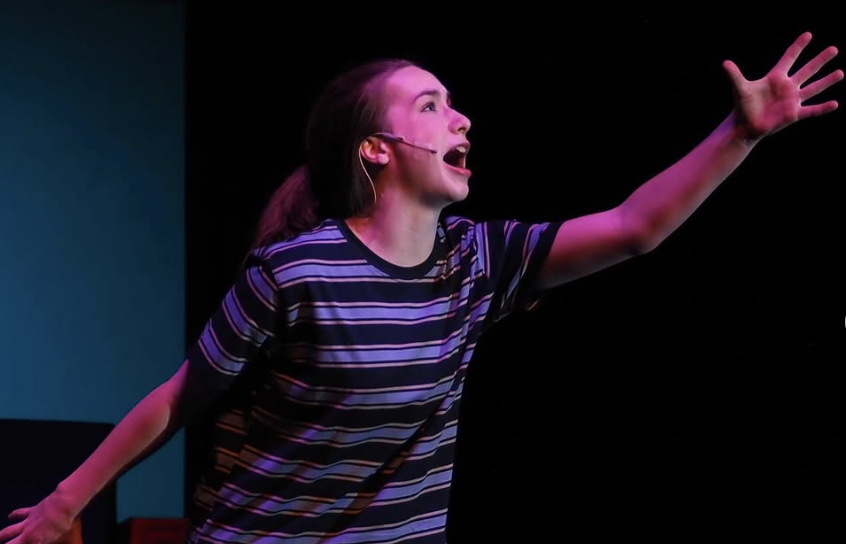
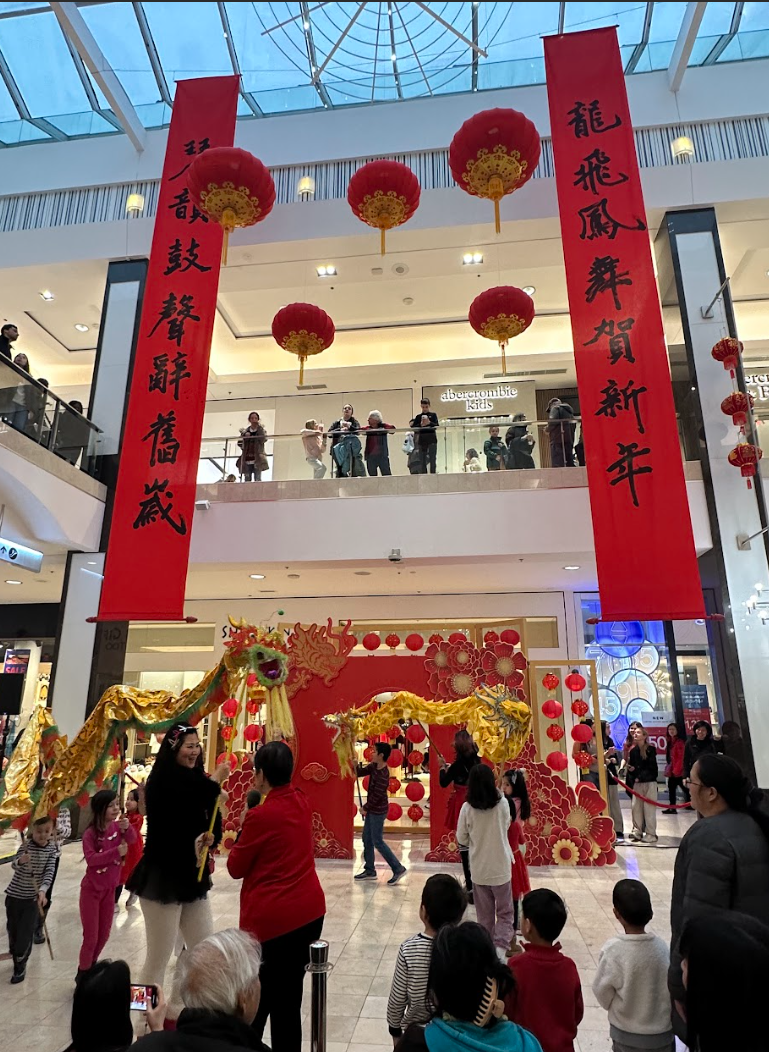



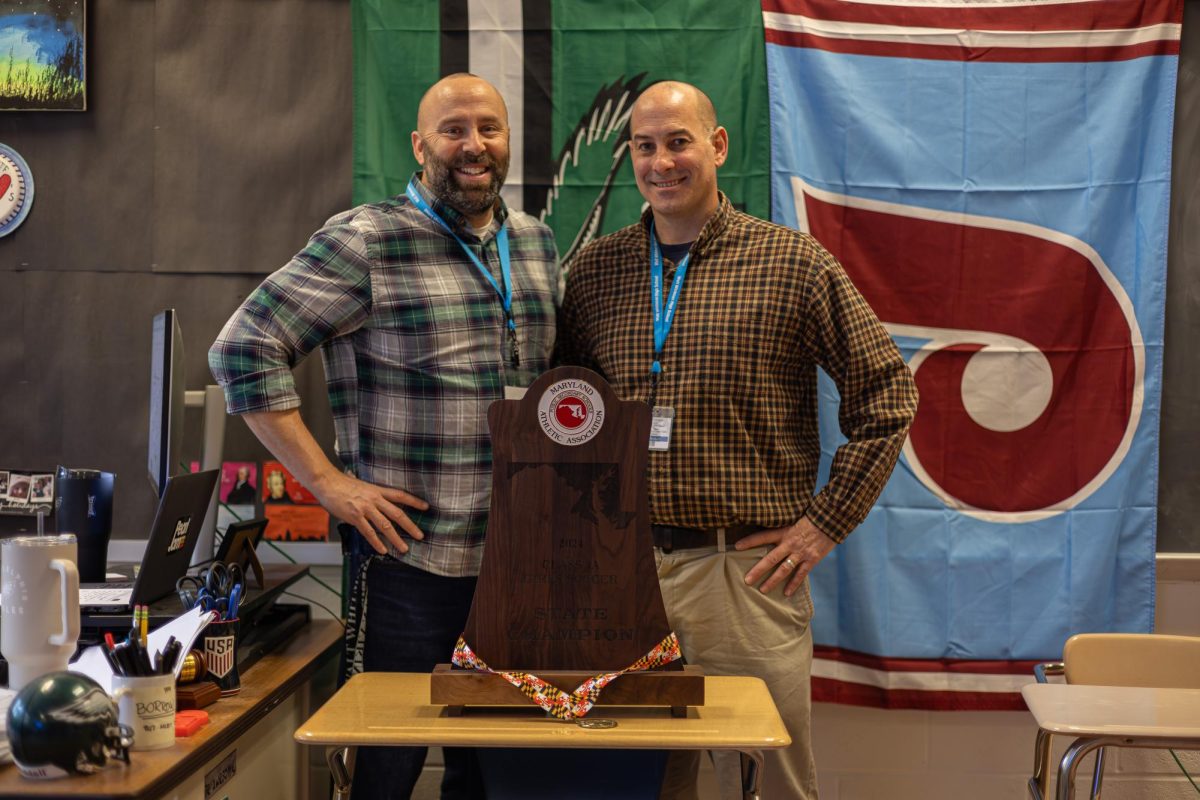
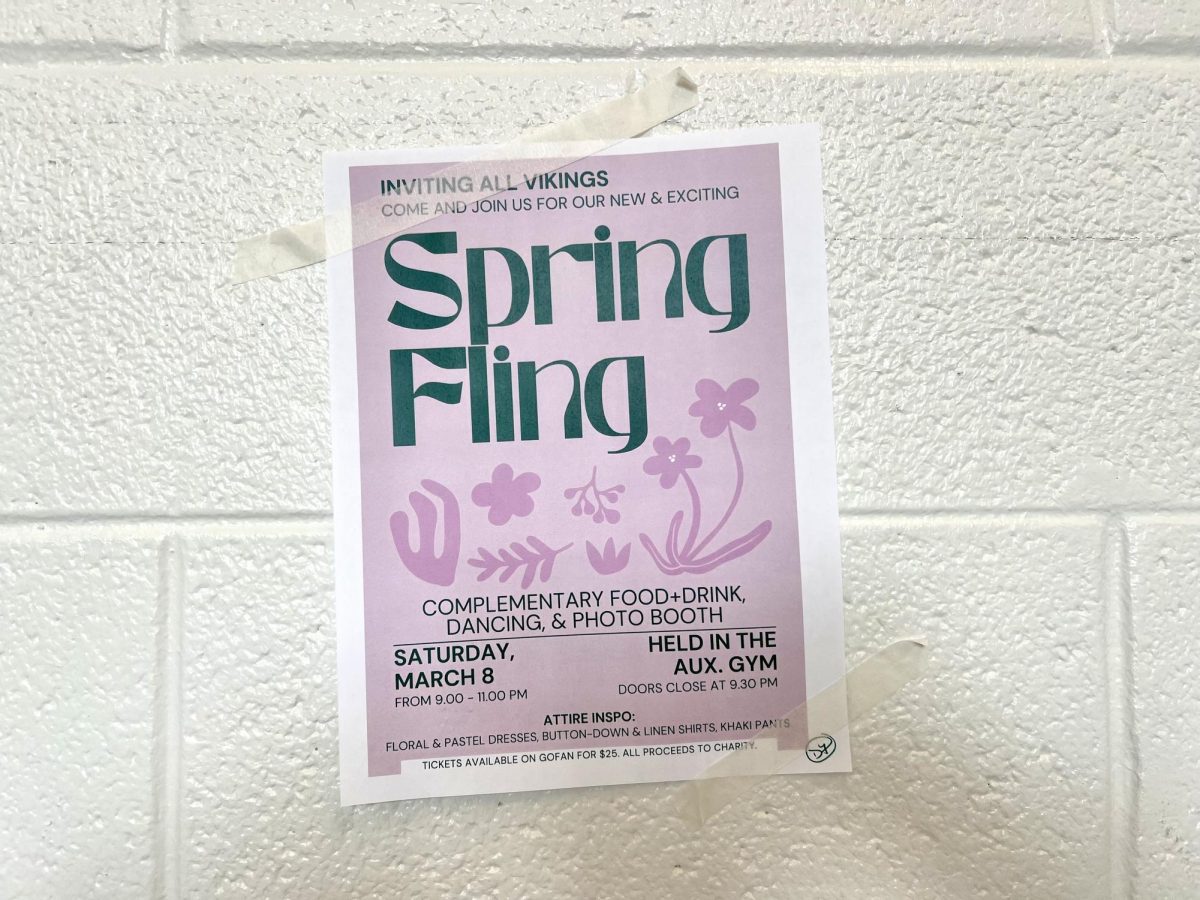

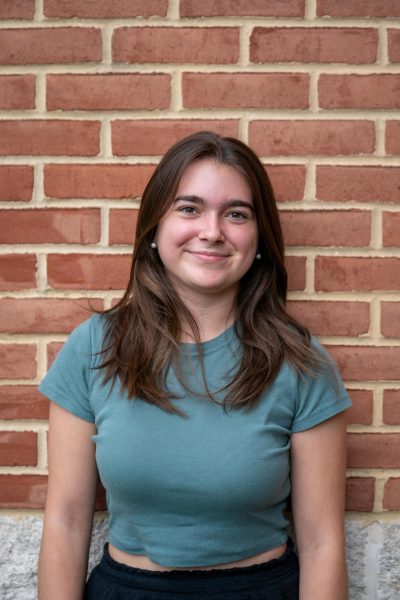
Rosa Martin • Nov 21, 2023 at 11:26 pm
“ Ironically, the building that now functions as the NMWA was originally a Masonic temple that forbade women from entering. ”
Long way but here we are. Great!
Clara • Nov 21, 2023 at 5:39 am
Great article. While reading the article, I could hear the music of opening day.